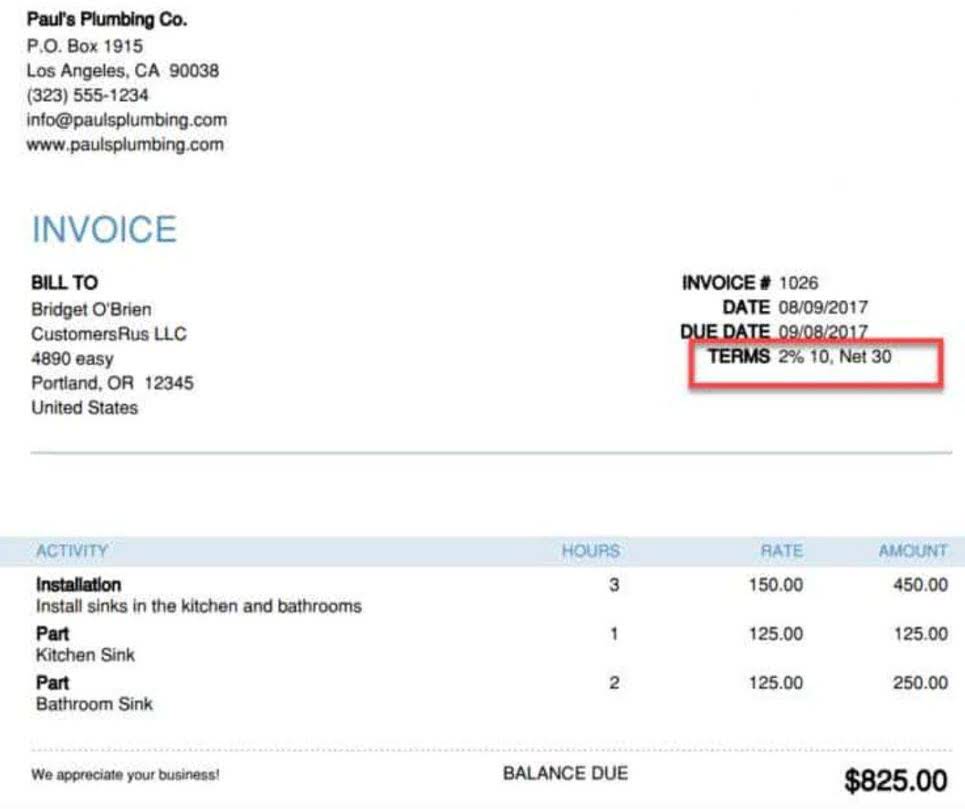
Expand your network and connect with general contractors, subcontractors, owners, architects, and suppliers – not to mention thousands of relevant projects at your fingertips. It’s important to note that retainage practices can vary based on local laws, industry standards, and specific contract terms. Always refer to the contract and relevant regulations to ensure correct calculation and compliance. You can also look into subcontractor performance bonds or retainage bonds as a unique alternative to traditional retainage. Subcontractor performance bonds are a special agreement between a subcontractor and a surety. In this agreement, the surety guarantees to complete the project in place of Bakery Accounting a subcontractor should the subcontractor fail to meet contractual obligations.

Retainage in Accounts Payable

This section explores how contractors should handle this component in their accounting practices. Retainage can impact a contractor’s cash flow by delaying a portion of their earnings until the project is completed. This requires contractors to manage their finances carefully to ensure they can cover what is retainage in accounting ongoing expenses while waiting for retainage payments. As the practice of withholding retainage can be abused, it’s important to read the fine print in construction contracts and only accept the projects that are clearly worded. „Substantially complete,“ „100% complete,“ and “95% complete” can leave room for interpretation and have a significant impact on when you’re paid out.
Quick Take on Setting Up Retainage or Retention for Jobs
There’s some flexibility with how to present and disclose retainage, receivables, contract assets, and contract liabilities in a company’s financial statements in accordance with Topic 606. The following are a couple of options we’ve seen that provide the desired transparency for financial statement users in the construction industry. Exhibit bookkeeping 4 provides significant information about retainage on the face of the balance sheet, while Exhibit 5 provides more detailed information in the footnotes.

Always Send Preliminary Notice to Secure Your Lien Rights
- Small mistakes can put your company at risk for withholding money improperly, or for losing out on being able to ever get your withheld funds!
- Because of this, retainage should be recorded in its own account on your general ledger.
- As a collective of industry professionals and enthusiasts, we aim to empower organizations with actionable strategies, innovative tools, and thought leadership that drive value and efficiency.
- Now that you have an account for recording the transaction in QuickBooks, you need to create a product.
Proper documentation and timely recognition of these funds are essential for precise financial statements. In construction, retainage is money withheld from a project’s progress payments to ensure contractors, subcontractors, and suppliers complete the job according to the specifications set in the contract. Generally speaking, retainage rates range from 5-10% depending on the payment terms negotiated in the construction contract.

Ready to transform your procurement processes?

On the flip side, failing to account for retention money in your cash flow projection can leave you high and dry. If you’re not sure how retainage affects your taxable income, an experienced small business tax accountant can help you prepare an accurate return. Lastly, you’ll want to double-check you’re accurately accounting for retainage in your billing and invoice process. When done right, any unreleased retainage should reflect as revenue on your profit and loss statement, and as uncollected funds on your balance sheet. It’s important to note that mechanic’s liens are often handled differently in public projects vs. private projects. Public projects are funded through taxpayer dollars and many times they do not allow for liens to secure your retainage and other billings.
- Your construction contract retention provisions determine how long retainage should be withheld, subject to any applicable regulatory restrictions.
- Thus, it’s easy to see how retainage only makes a bad problem worse for many contractors.
- So much so, that most owners don’t pay contractors in full until a construction project is “substantially complete” according to its design intent.
- “When tracking and collecting accounts receivable, we only want to track those that are collectible.
How does retainage impact a contractor’s cash flow?
- Not recording retention payable leads to the understating of a company’s liabilities.
- Understanding how retainage works and integrating it effectively into construction accounting processes can significantly impact a project’s success and financial integrity.
- As the practice of withholding retainage can be abused, it’s important to read the fine print in construction contracts and only accept the projects that are clearly worded.
- Many people think that manpower and machines are the key to successful construction projects.
- The construction industry often deals with complex financial transactions, one of which is retainage in contracts.
It’s a term that refers to the portion of payment withheld by the owner or client from a contractor or vendor until specific conditions are met. These conditions usually include completing all work, addressing any deficiencies, and providing necessary documentation. Just like many other mechanisms related to construction payment, the retainage scheme can be abused. Accordingly, rules, requirements, and practices have been built into federal law and the laws of many states, with respect to retainage to promote its fair use and to prevent its abuse. The amount of the contract price that can be withheld and the time for which the retainage may be withheld vary by state (and federally), and be dependent on project type. Second, it’s abused by holding money too long or withholding high percentages.
